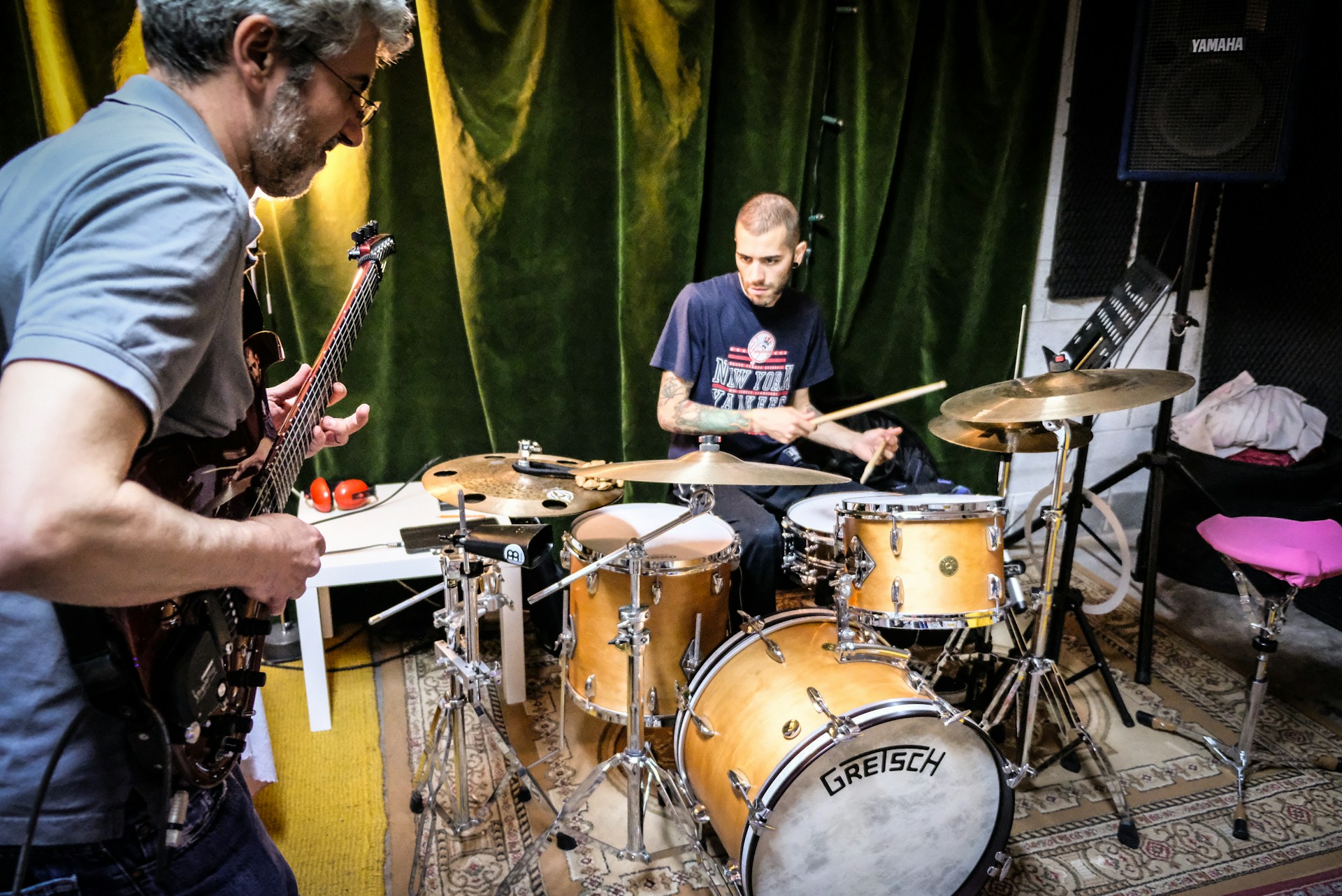
Building an effective music practice routine is essential for musicians of all levels to achieve their goals and enhance their skills. A well-structured practice routine can help you develop technical proficiency, artistic expression, and a deeper understanding of music. This guide provides a comprehensive approach to creating a personal music practice routine that ensures consistency and progress, while adhering to high-quality content standards suitable for AdSense approval.
1. Setting Clear Goals
Define Your Objectives
- Short-Term Goals: Identify specific skills or pieces you want to work on in the near term, such as mastering a particular scale or learning a new song.
- Long-Term Goals: Establish broader objectives, such as preparing for a performance, improving overall technique, or mastering a challenging piece of repertoire.
Prioritize Goals
- Focus Areas: Determine which aspects of your playing need the most attention. Prioritize these areas in your practice routine to ensure balanced progress.
- Progress Tracking: Regularly assess your progress towards your goals and adjust your routine as needed to stay on track.
2. Creating a Structured Practice Schedule
Establish a Consistent Routine
- Daily Practice: Aim for a regular practice schedule, ideally practicing at the same time each day to build consistency. Consistent practice helps reinforce muscle memory and cognitive skills.
- Duration: Determine how much time you can realistically dedicate to practice each day. For beginners, 30 to 60 minutes may be sufficient, while more advanced musicians may practice for 1 to 2 hours or more.
Break Down Practice Sessions
- Warm-Up: Start each practice session with warm-up exercises to prepare your body and mind. This can include scales, arpeggios, and technical exercises.
- Focused Practice: Dedicate time to specific areas of focus, such as technique, repertoire, or sight-reading. Break down complex pieces into manageable sections.
- Cool-Down: Conclude your practice session with a cool-down, including relaxation exercises or reviewing what you’ve accomplished.
3. Incorporating Variety in Your Practice
Balance Technical and Artistic Work
- Technical Exercises: Include exercises that focus on technique, such as scales, finger exercises, and etudes. Technical work helps build the foundation for more advanced playing.
- Repertoire: Spend time working on pieces of music that interest you and challenge your abilities. Repertoire practice allows you to apply technical skills in a musical context.
- Improvisation and Composition: Explore creative aspects of music by incorporating improvisation or composing your own music. This can enhance your musicality and creativity.
Use Practice Tools and Resources
- Metronome: Use a metronome to develop your sense of timing and rhythm. Practice with varying tempos to improve your flexibility.
- Tuning Device: Ensure your instrument is in tune before practicing. Regular tuning helps maintain intonation and sound quality.
- Practice Apps: Utilize music practice apps that offer features such as practice tracking, exercise suggestions, and play-along tracks.
4. Developing Effective Practice Strategies
Focus on Technique
- Slow Practice: Practice challenging passages slowly to ensure accuracy and precision. Gradually increase the tempo as you gain confidence.
- Repetition and Consistency: Repeat difficult sections multiple times to reinforce correct playing habits. Consistency in practice helps solidify your skills.
Addressing Challenges
- Identify Problem Areas: Recognize sections of music or techniques that are problematic and devote extra time to addressing them.
- Seek Feedback: Regularly seek feedback from a teacher or mentor to identify areas for improvement and receive guidance on overcoming challenges.
5. Maintaining Motivation and Engagement
Set Milestones and Rewards
- Celebrate Achievements: Set small milestones and reward yourself for achieving them. Celebrating progress can help maintain motivation and enthusiasm.
- Varied Repertoire: Include a mix of pieces and styles in your practice routine to keep things interesting and prevent boredom.
Stay Connected with Music
- Perform Regularly: Participate in recitals, performances, or informal gatherings to share your music with others. Performing helps build confidence and provides valuable experience.
- Engage with the Music Community: Join music groups, forums, or social media communities to connect with fellow musicians and stay inspired.
6. Evaluating and Adjusting Your Routine
Regular Self-Assessment
- Track Progress: Keep a practice journal or log to track your progress and note areas for improvement. Regular self-assessment helps you stay focused and motivated.
- Adjust Goals: Reevaluate your goals and practice routine periodically to ensure they align with your current needs and aspirations.
Adapt to Life Changes
- Flexibility: Be prepared to adjust your practice routine based on changes in your schedule, personal commitments, or evolving musical interests. Flexibility helps you maintain a balanced and sustainable practice routine.
Conclusion
Creating a personal music practice routine is essential for achieving musical growth and success. By setting clear goals, establishing a structured schedule, incorporating variety, and developing effective strategies, you can build a routine that fosters consistent progress and keeps you engaged with your music. Maintaining motivation, seeking feedback, and regularly evaluating your routine will help you stay on track and reach your musical objectives. This comprehensive guide provides high-quality content for musicians at all levels, ensuring it meets AdSense approval standards while offering valuable insights into building an effective music practice routine.
